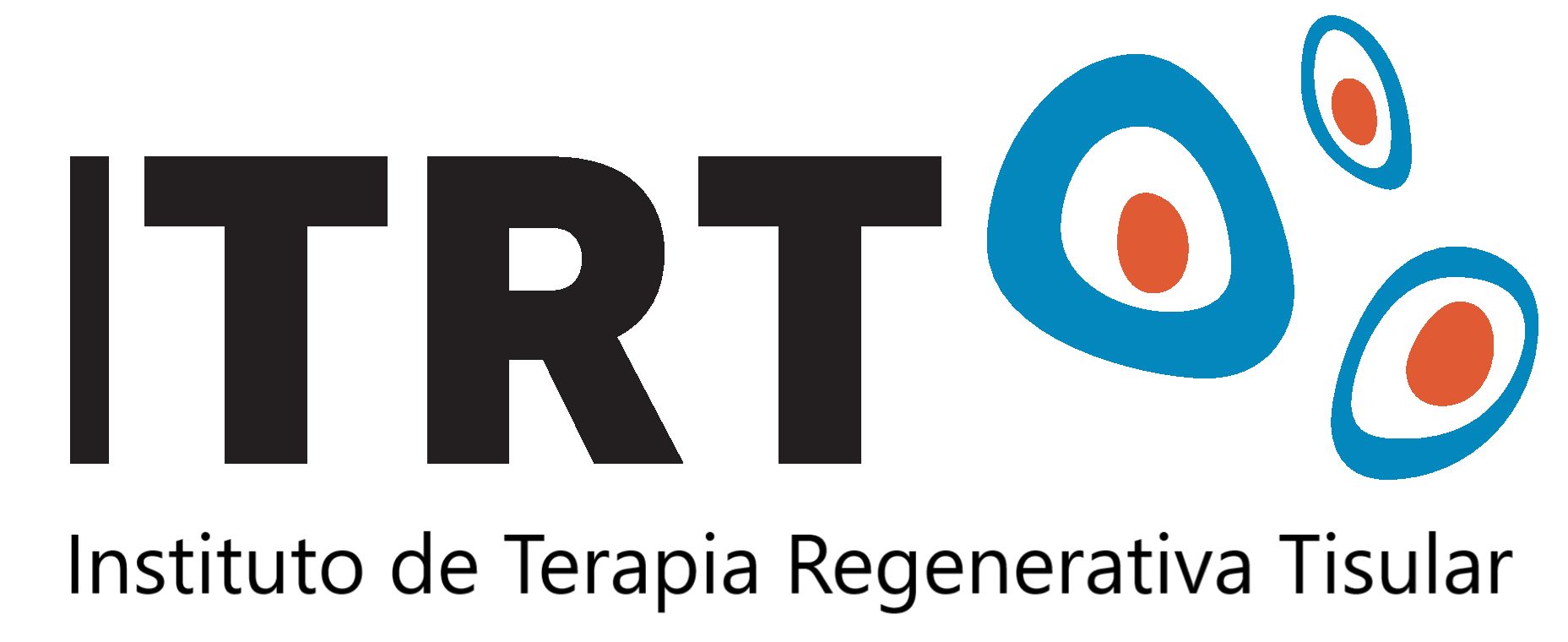Rotator Cuff Tear
Rotator Cuff Tear
A definitive solution that recovers tendon in record time
We heal injuries previously considered incurable
+300
+90
Rotator Cuff tears healed
2
Clinical Trials about tendon
+300 |
+90 |
2 |
Tendons healed
Rotator Cuff tears healed
Clinical Trials about Tendon
Rotator Cuff Tear
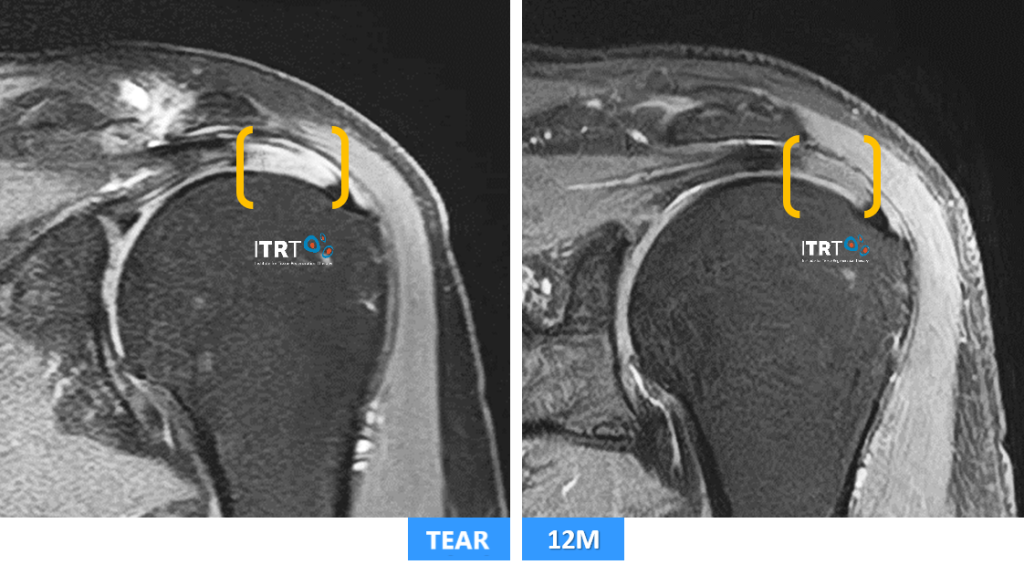

Patients

Clinical Trials (Largest scientific evidence worldwide)

Treatments

Endorsed by the Health Authorities
Rotator Cuff Tear
The rotator cuff consists of four muscles that surround the shoulder joint. These muscles are:
– Supraspinatus: This is one of the main muscles of the rotator cuff and is located at the top of the shoulder. Its primary function is to assist in initiating the arm’s abduction movement (lifting the arm out to the sides).
– Infraspinatus: Located on the back and lower part of the shoulder blade, its main function is external rotation of the shoulder.
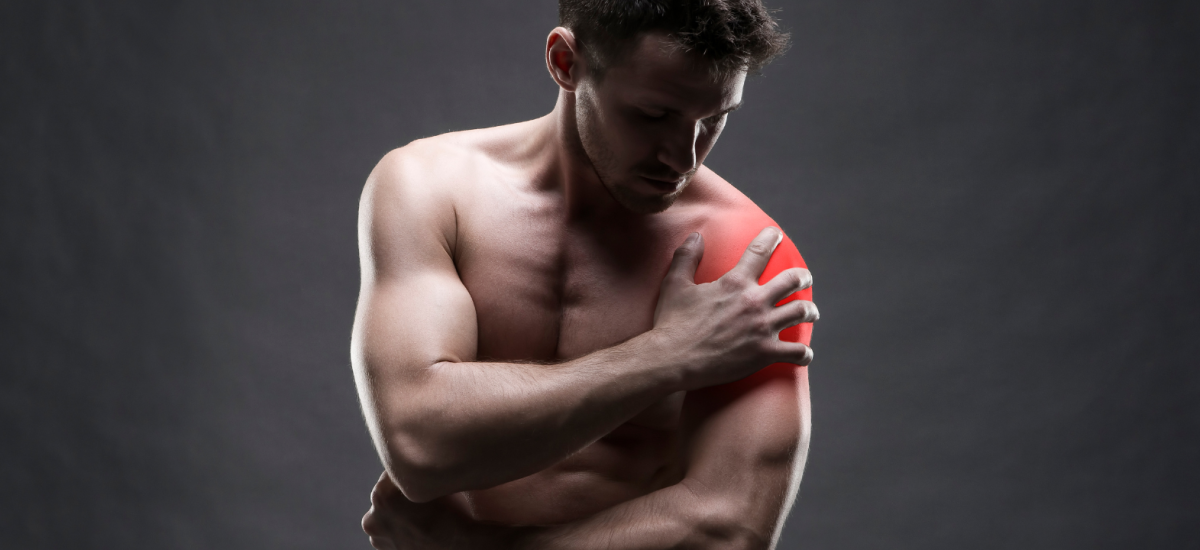
– Teres Minor: Positioned below the infraspinatus, it also aids in the external rotation of the shoulder.
– Subscapularis: Found at the front of the shoulder blade, it is responsible for internal rotation of the shoulder.
Rotator cuff tear are common injuries, especially among athletes such as swimmers, basketball players, and handball players, among others. They cause pain, weakness, and limitations in shoulder function.
Tell us about your case, we can help you
Challenges in the rotator cuff tear treatment

How can I determine if I have a rotator cuff tear ?
- Pain in the shoulder: One of the most prevalent signs is pain in the shoulder, particularly in the upper part. This pain may also radiate down the arm and is often more pronounced at night or when trying to lift the arm.
- Weakness: You might experience noticeable weakness in the shoulder, which can make it challenging to perform everyday tasks or lift objects.
- Limited Range of Motion: A torn rotator cuff can restrict the shoulder’s range of motion. You may find it difficult to reach overhead or move your arm freely.
- Popping or Clicking Sounds: Some people report hearing a popping or clicking sound at the time of injury or during movement, which can be indicative of a tear.
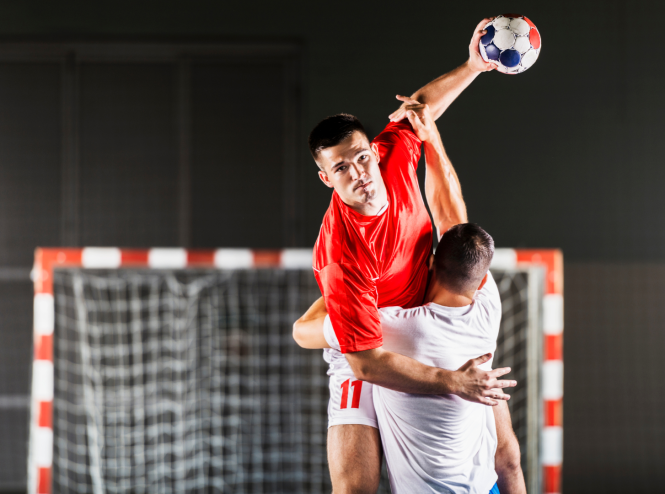
Why our exclusive treatment is one-of-a-kind?

Dosage:
We have scientifically demonstrated in clinical trial that only by using millions of units can the regeneration process be activated. Our therapy applies millions of stem cells, certified by our laboratory.

Clinical trials:
Over the course of more than 20 years, we have conducted 23 clinical trials that have demonstrated the efficacy and safety of our therapy, constituting the largest knowledge base worldwide in regenerative therapy.

Tipology:
There are many types of stem cells, but we have demonstrated that only 3 of them are effective when applied to tissues. In the laboratory, we select the correct types of stem cells to ensure regeneration.

Cellular culturing:
Once the appropriate stem cells are selected, the very small quantity obtained through isolation undergoes an activation and culturing process, causing them to begin multiplying until reaching millions of units.

Cells from donors:
We have demonstrated in several clinical trials that we can use stem cells from other donors. This fact is very important especially for elderly patients, those with urgent needs, or serious illnesses.
